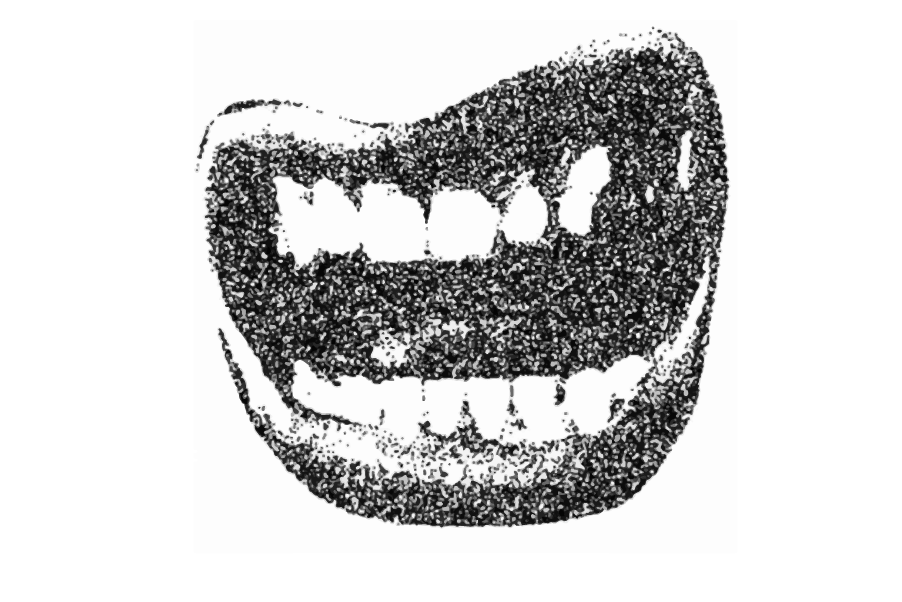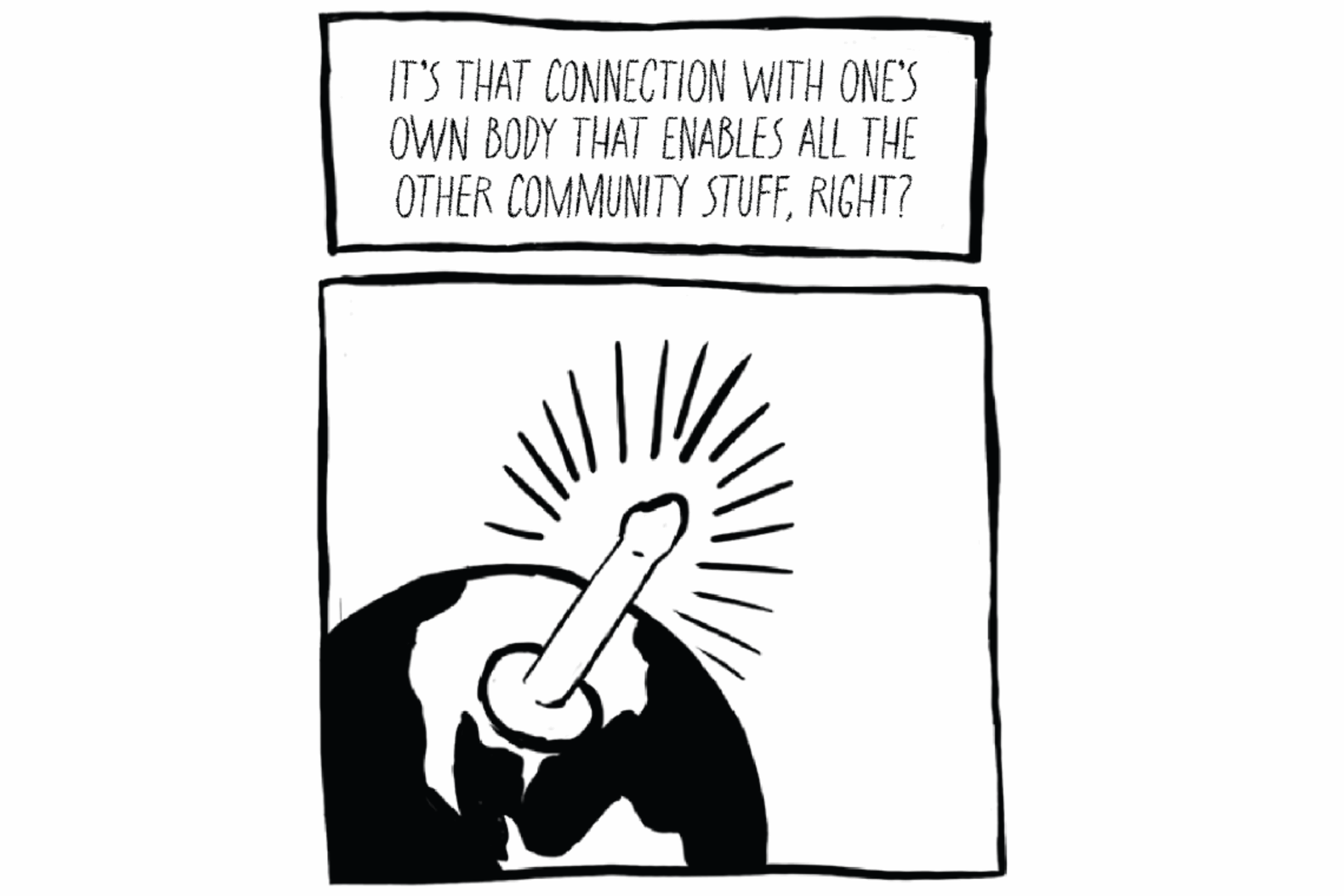By: Ben Cohen
Grade: C
The typical penultimate chapter – right before the reboot – in many franchises and genres is the port over to outer space. It’s a desperate move, taken by someone working on a worn-out, assembly line plot structure. Think Jason X, Dracula 3000, Moonraker, Indiana Jones and the Kingdom of the Crystal Skull and Angry Birds Space. Clara is to the manic pixie dream girl genre what all those aforementioned creations are to their respective canons: one last piddling set change before the curtain falls for good.
The titular character is a globe trotting, rock collecting, spiritualist and painter who decides to take up astrophysics, despite not having any post-secondary education whatsoever, believing strongly that being a quick-learning, hard worker is all it takes.
Ostensibly homeless, she responds to a wanted ad for an unpaid research assistant position with Dr. Isaac Bruno, astronomer, divorcé and disgraced professor, by showing up at his home unannounced.
Bruno rebukes her, but she still makes it into his apartment, with reluctant permission, to get her dog a bowl of water. There, the ex-professor tells Clara, once again, that she is unqualified for the job. She responds by picking up a record from his vinyl collection and asking to play it just once before she goes. The duo then discovers their shared love for the work of Bob Dylan, specifically The Freewheelin’ Bob Dylan, his second studio album, and that somehow gives them enough common ground for Bruno to not only hire Clara as his assistant, but also let her and her dog move in with him.
From then on, Bruno and Clara spend the film having multiple, nearly identical, sophomoric conversations orbiting the spirituality vs science debate. The team prattle on about it in a manner only slightly more sophisticate than two teenagers in a state of blunt-induced philosophical rambling.
“People are scared of the unknown,” said science-man Bruno. “We basically know nothing, so we make things up, these bedtime stories.”
Clara counters deftly by remarking that Sir Isaac Newton was religious. This fact somehow pierces Bruno’s hull of skepticism and ends the scene.
The film’s second act drags on in this manner, with Clara acing the pixie muse’s standard programming. She teaches her assigned brilliant broken man, Bruno, social and artistic skills and helps him get over the loss of his son, all the while searching for alien life with him through satellite imaging.
“Finding some other life form isn’t going to bring (our dead son) back,” said Bruno’s ex-wife, Rebecca.
“I know, but it’s all I have,” he responds.
Clara then mutilates the astronomer’s grief with a nice screed about how quantum entanglement and recycled atoms mean that his late son will always be with him.
The third act abandons the alien hunting plot until the climax. This forces us to spend time with our two watered-down cliché composite leads butting heads over intelligent design for the umpteenth time.
Clara finally coaxes Bruno into having some sort of cosmological vision with the help of one of her magic rocks. This ends up leading to the discovery of alien life right at the very end of the film, but not before the audience is treated to the line of the night:
“You spend all this time looking at stars, you’re going to miss what’s right in front of you.”
Goodness gracious.
Clara isn’t all awful. The score features exciting orchestral tunes and some classic Dylan yowls. The cinematography is at times breathtaking, specifically the views of the cosmos the audience is treated to during scene transitions. Shots around Toronto and in TTC are a warm reminder of the staunch Canadianity of film’s cast and crew. The ending is surprisingly satisfying, with first contact being made and Clara’s devout spiritualism being ratified. It’s just a shame this pleasing payoff took so long to arrive and was so brief.








